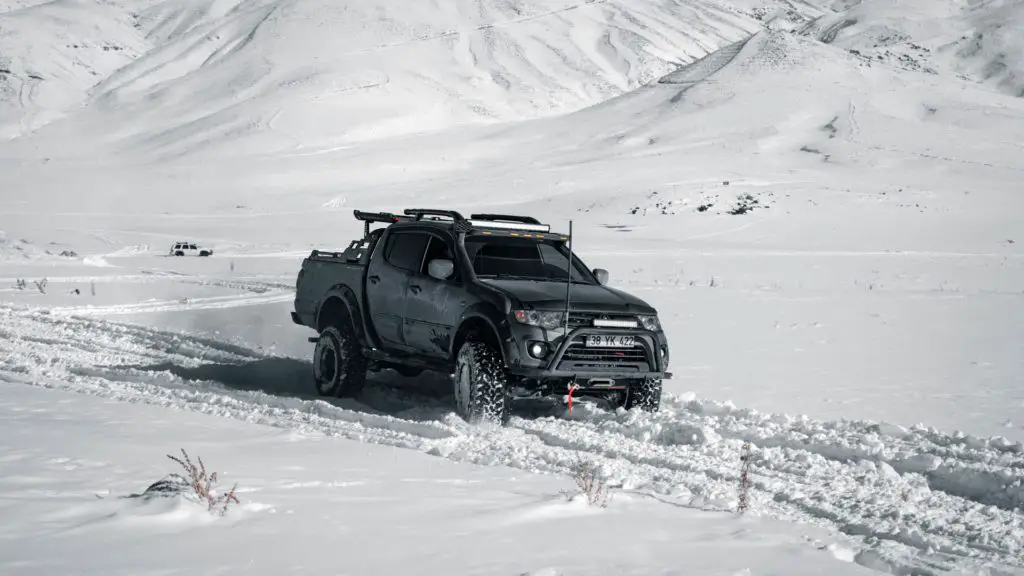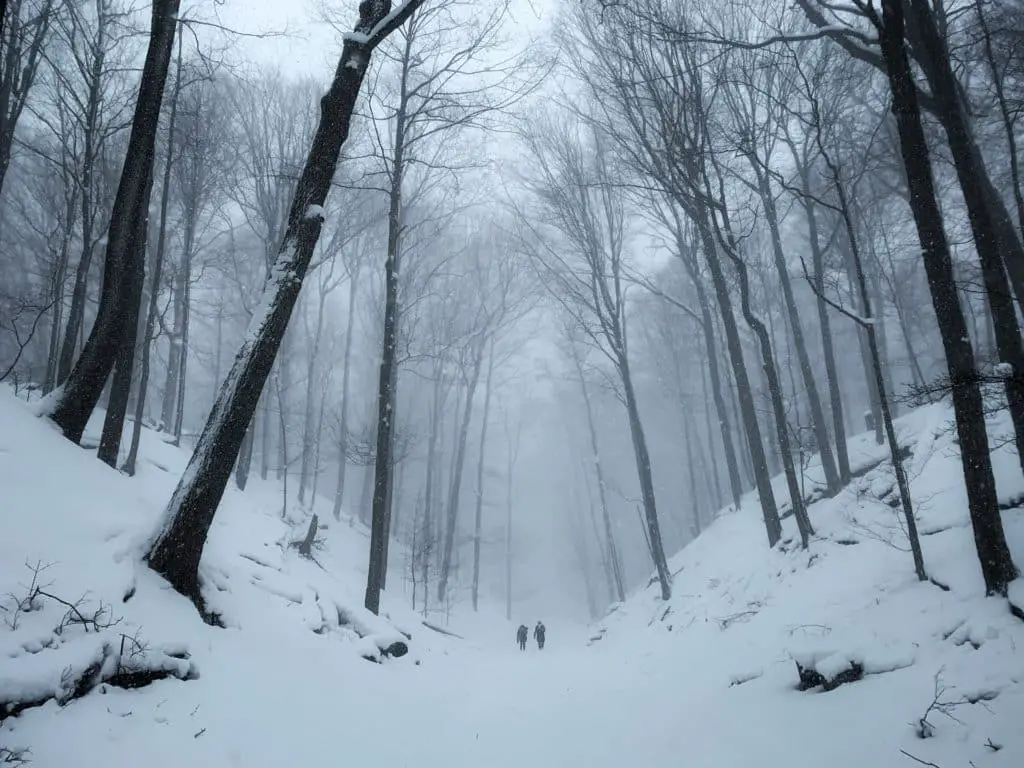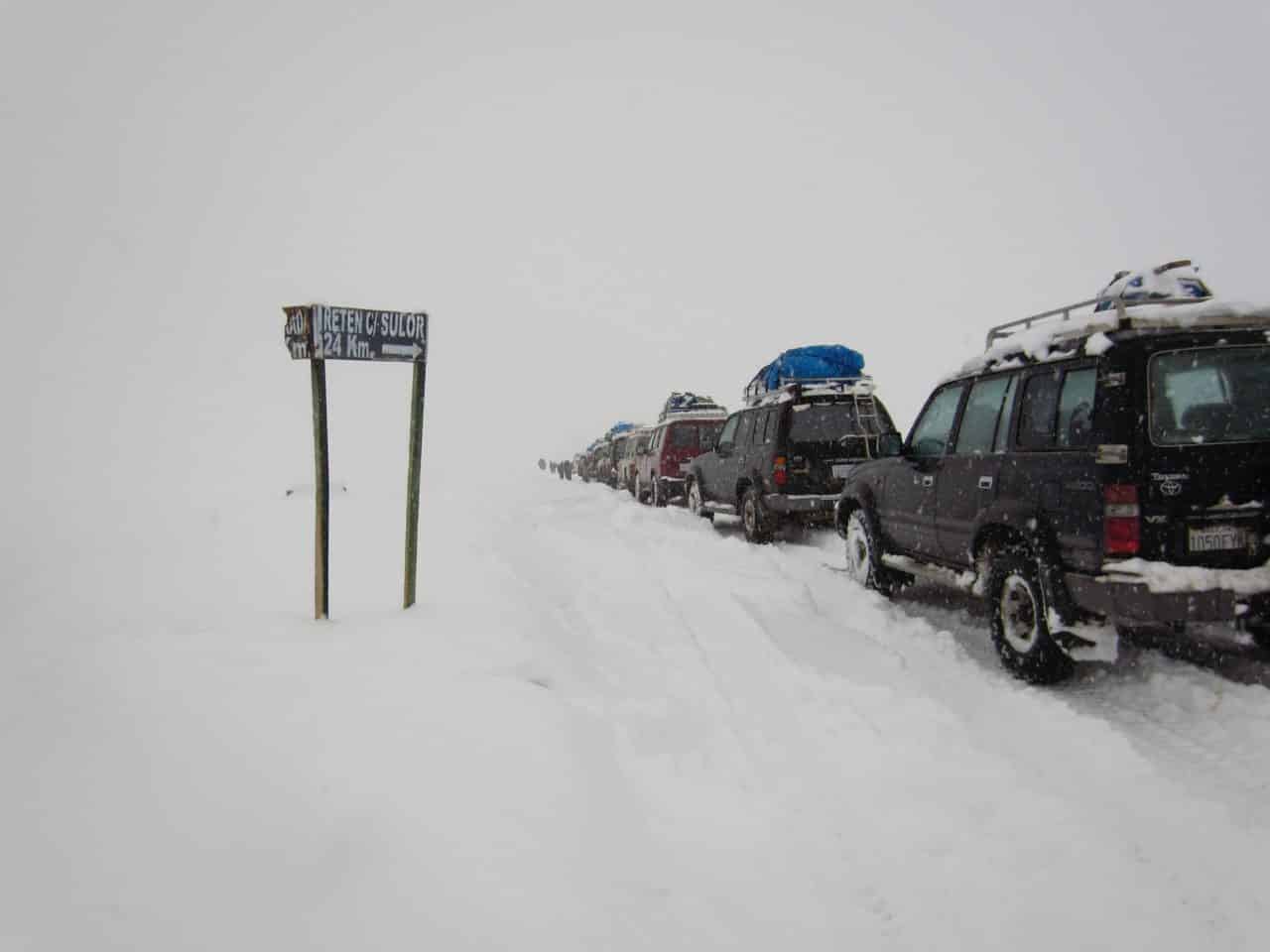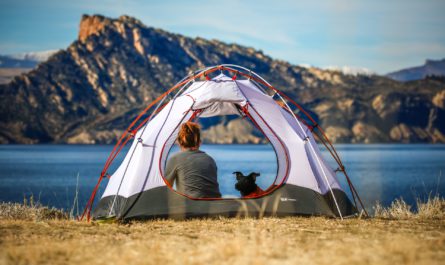Each winter people forget that the weather can take a nasty turn. Especially when traveling. It doesn’t take much ice and snow to become stuck and stranded in your car. Or worst stranded in a snowstorm and your smartphone’s battery is dying.
Our friends on social media have all sorts of advice for the armchair outdoor enthusiast. One of the most recent is a post suggesting that people update their voice mail with their smartphone’s battery is dying and its last minutes of precious power draining away.
It reads:
“If you are ever lost while hiking, get stranded with a broken-down car, etc…. And you notice your cell phone is *low on power*. Here is a tip that very well may save your life.
Change the voicemail on your phone to a message that gives your approximate location, the time, the date, your situation (lost, out of gas, car broken down, injured, etc.), and any special instructions such as you are staying with the vehicle, you are walking toward a town, etc… The best part of this is that even if your cell phone dies or stops working, voicemail still works, so anyone calling your phone looking for you will hear the message and know where to find you or where to send help!”
Facebook Post
On the surface, it sounds like a reasonable suggestion. In fact, this post has been shared and repeated by police departments across the country. However, professionals in the Search and Rescue field have cautioned against it but offered far better guidance on what to do if you are stranded, lost, and your cell phone’s battery is fading.
The Problem with Using Voicemail

The professionals point out all sorts of issues with the voice mail approach. The Skamania County Sheriff’s Office Search and Rescue and other outdoor groups have pointed out problems with this approach.
- Anything using voice on your phone uses more battery than texts/SMS, So do not use voice if your battery is running low.
- If you don’t have a signal, you can’t change your voicemail. So don’t waste your battery attempting this.
- If you have any battery life, you have better chances of sending a text message. It only takes a fraction of a second of data reception to get that message out. This has a much better chance to make it through than updating your voice mail.
- A detailed SMS message uses a fraction of the data that a voice message uses, and can transmit using a much weaker signal than a voice call requires. If you have a weak signal, SMS will transfer when a voice call may not connect.
A Better Emergency Solution With a Smartphone

Here is a compilation from several SAR and outdoor groups on what to do instead.
- If you have a bit of battery life and a signal bar or two, call 911.
- If you don’t, then stay with your vehicle, stay near a road or trail.
- You can also try changing your phone to battery-saving mode. This is typically done under a phone’s settings feature. For iPhone its in Settings>> Battery >> Toggle “Low Power Mode.” For Android, it’s Settings >> Battery >> Power Saver Mode to toggle it on or off.
- Put your phone in airplane mode to conserve power.
- The Compass app comes built-in on every new iPhone. It will tell you the direction you’re facing and your current position coordinates. Chances are, most Android devices have a standard compass app. However, there are so many brands we can guarantee it. Do a search for “compass” on your app search bar.
- Compose an SMS message to all your trusted contacts. Write where you are, the last known significant crossroads, and your coordinates from your compass app. Indicate your condition and any info needed to locate you. It is far easier for a hasty SAR team to find a vehicle on a road or trail than to locate a person that has gone off into the brush or forest.
- When you are happy with your detailed SMS message, turn off airplane mode, send, and cross your fingers that your tiny SMS data-packet gets out to friends who can call authorities.
- When not using, conserve your cell phone power. Keep your phone warm near your body. Freezing cold will zap battery life.
- Continue to stay in your vehicle or stay near a road or trail.
If You Are Stranded In a Snowstorm In Your Car

The National Weather Service offers some common sense advice if you ever get your car stuck during a thick snowstorm. They are worth reviewing once again before winter really sets in.
Stay in the vehicle!
- If you exit your car, you will rapidly become bewildered by the wind-driven snow and cold. This is especially true if the snow is falling quickly. With poor vision and treacherous ice conditions, it is easy to become disoriented and injured, making it hard to return to the safety of your car.
- For heat, run the engine for around 10 minutes every hour. It’s also a good idea to charge your phone during this period. Place your smartphone near your body to keep it warm. Freezing conditions have the effect of rapidly diminishing battery life.
- To avoid carbon monoxide poisoning, open the window slightly while the engine is running.
- To avoid exhaust poisoning, clear snow from the tailpipe. Construct a trail, walk completely around your car, moving your feet. To remain dry, brush the snow from your legs before reentering the car.
Make yourself noticeable to rescuers.
- When you start the engine at night, turn on the inside lights. Turn on the vehicle’s blinking hazard lights as well. This may attract attention.
- Tie a brightly colored fabric to your antenna or door, preferably red.
- When the snow has stopped falling, lift the hood to signify that you want assistance.
Final Thoughts on Smartphone’s Battery is Dieing

We are sure that about a dozen other factors are at play when a person is lost and stranded in a remote location. Perhaps the biggest problem is panic. We covered this topic in 8 Tips About a Secret Survival Skill Nobody Talks About. However, our mantra continues to be Luck Favors the Prepared. Making a study of some of your iPhone or Androids capabilities is a good investment in time and could save your life. Maybe the best solution is to tell someone where you’re going and when you are expected to arrive at your destination. If you have suggestions, make them in the comments section below.
Related Reading If Your Smartphone’s Battery Is Dying
40 Essential Items To Make Your Own Wilderness First Aid Kit – There are many prepacked first aid kits that you can pick up at the grocery, big box stores, or pharmacies. Those can be a great place to start, but they are unlikely to fulfill the basics of what you should have in your first aid kit. In addition, some of the items you carry are specific to the length of time in the backcountry and your activity.
7 Methods To Consider In Your Outdoor Water Filter – Scooping your mug into the lake and downing a mouthful of fresh lake water is awesome. Feeling confident that you can dunk your water bottle into your water source is a unique spot to be in. Unfortunately, I only do it here and there in the Boundary Waters. Everywhere else, it’s good to have options on how to pick the right outdoor water filter.
33 Items To Include In Your Emergency Car Kit – Planning on taking a drive to visit some of the must-see sites in Michigan this winter? When it comes to safety on the road, we should all have an emergency kit in our cars. To decide what to put in your kit, you need to consider the weather in your area (here in Michigan, we know it will often be cold and snowy!) and what items will suit your family’s needs.





Good information, thanks for sharing.